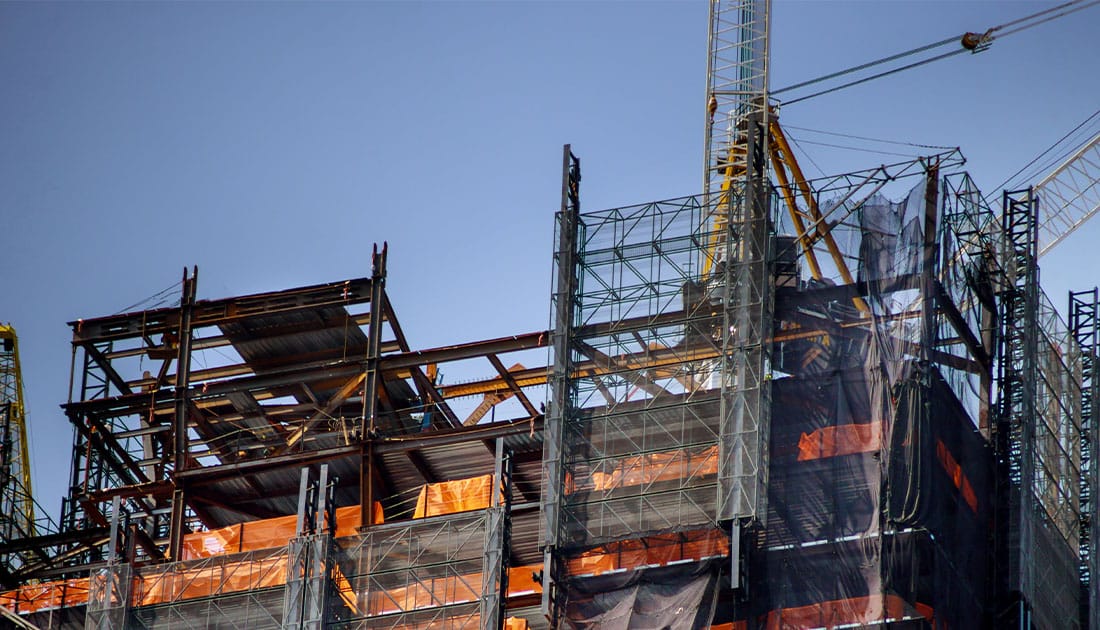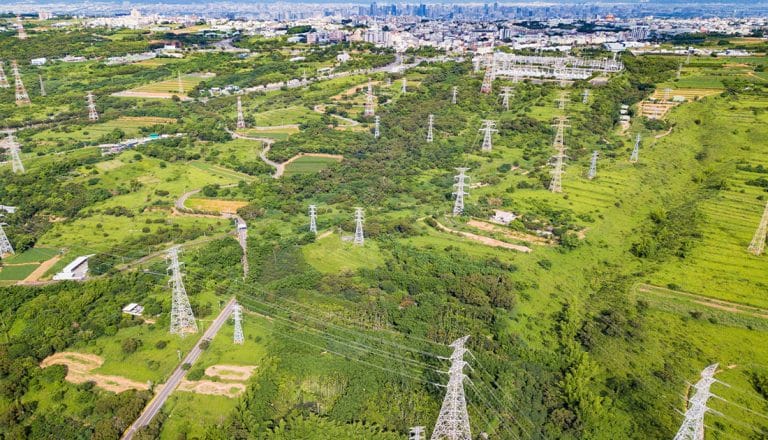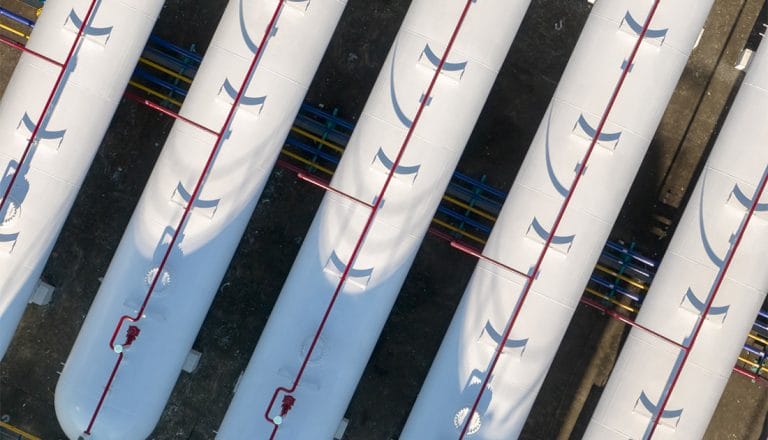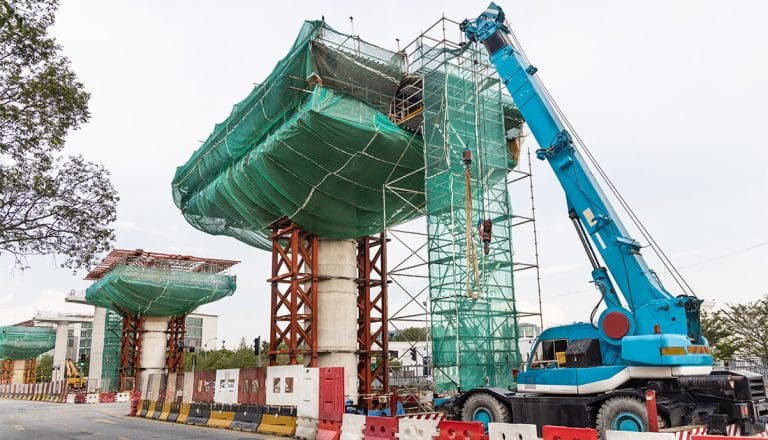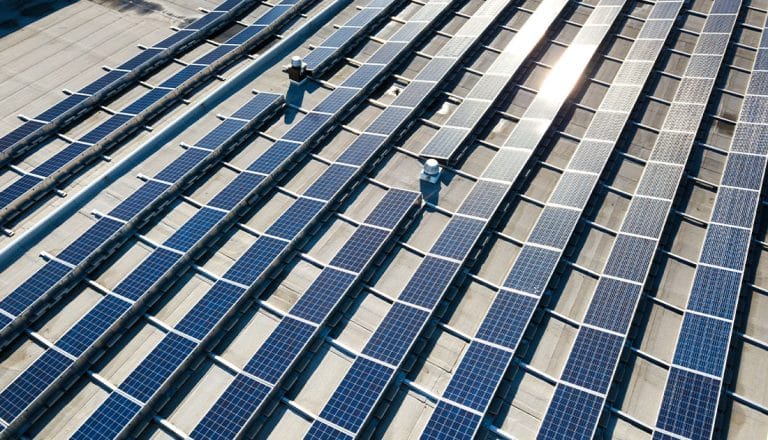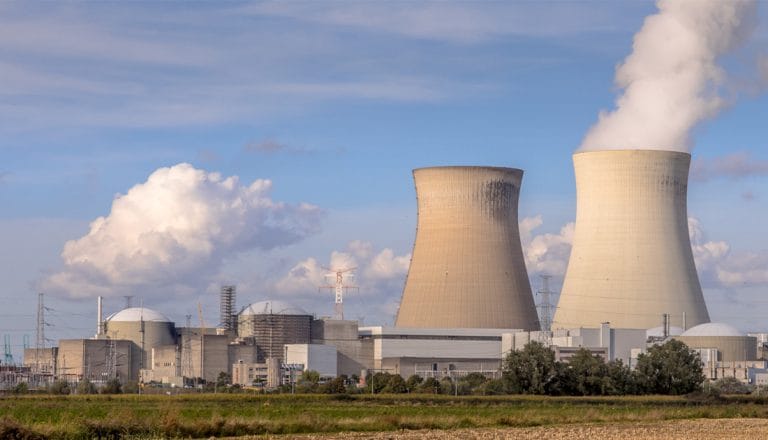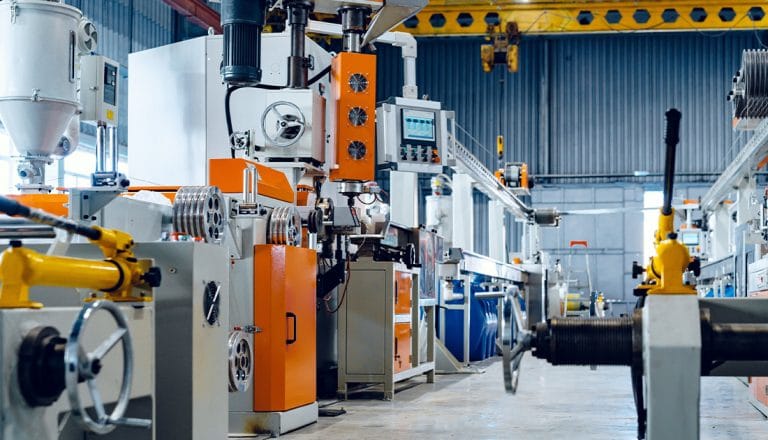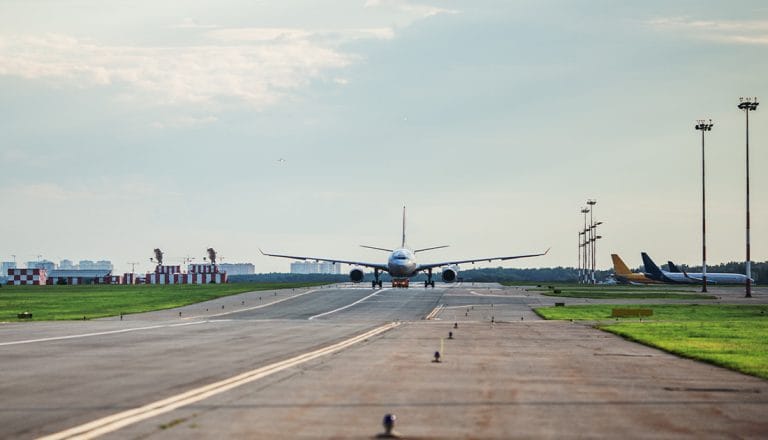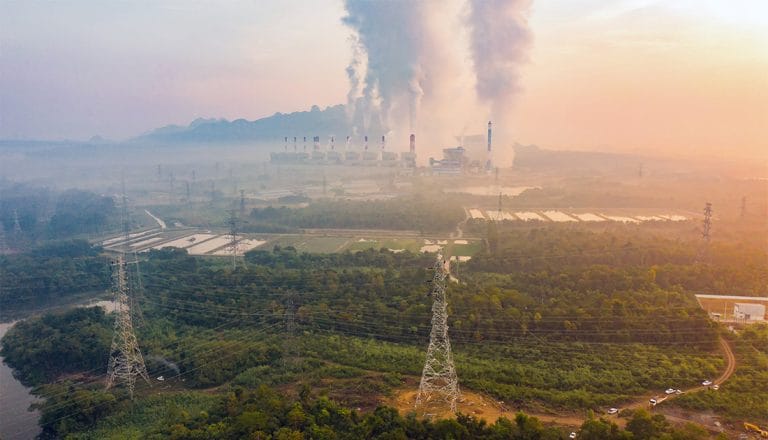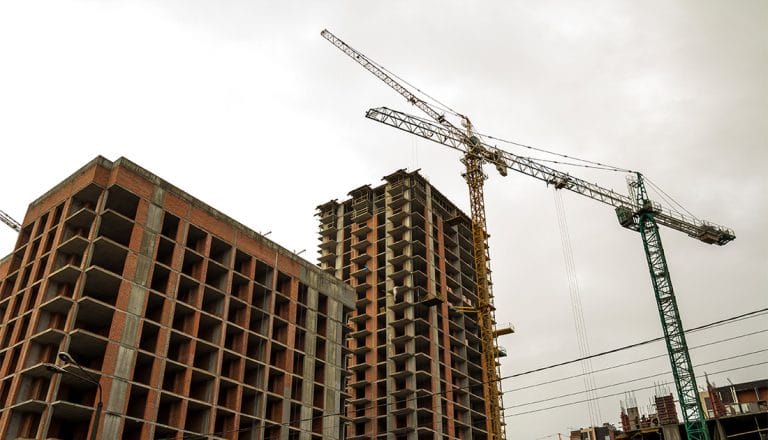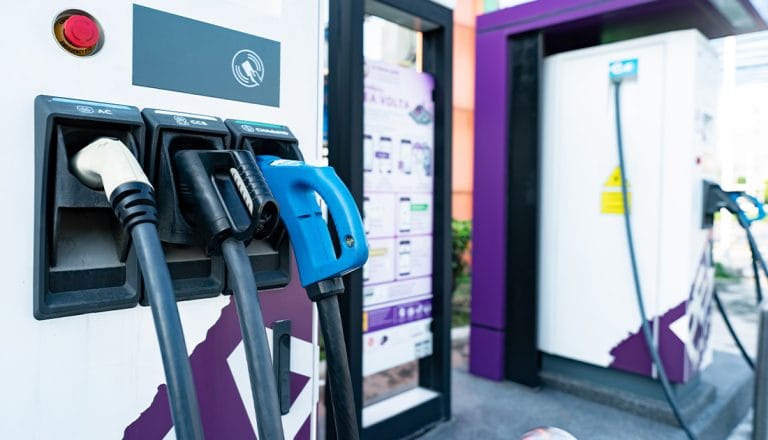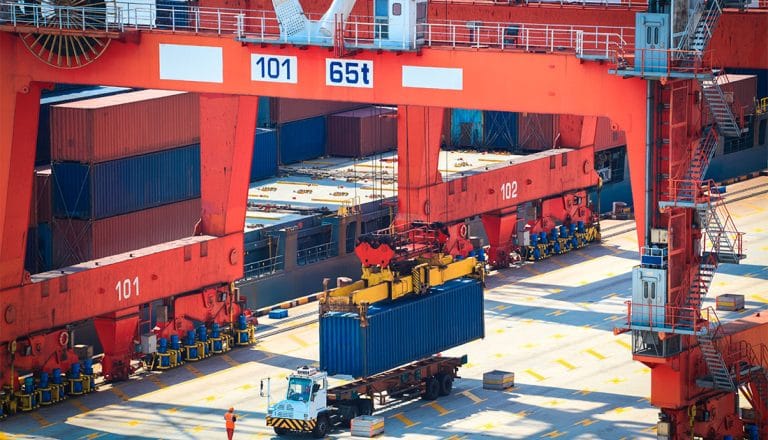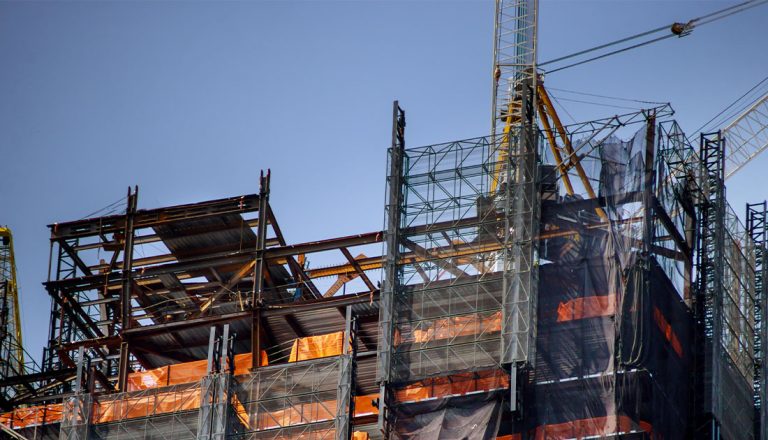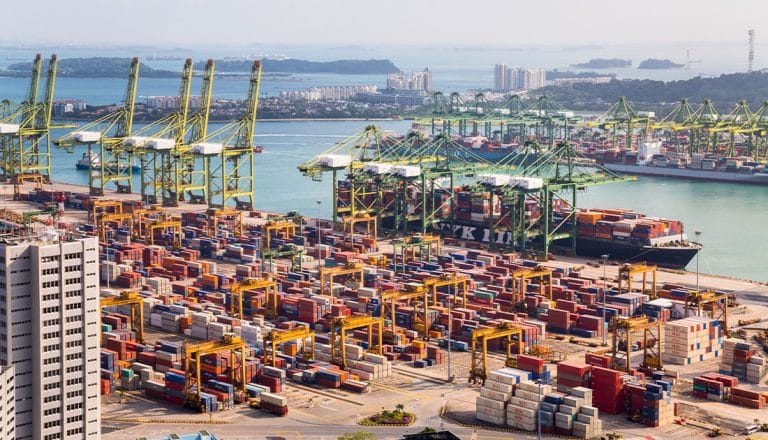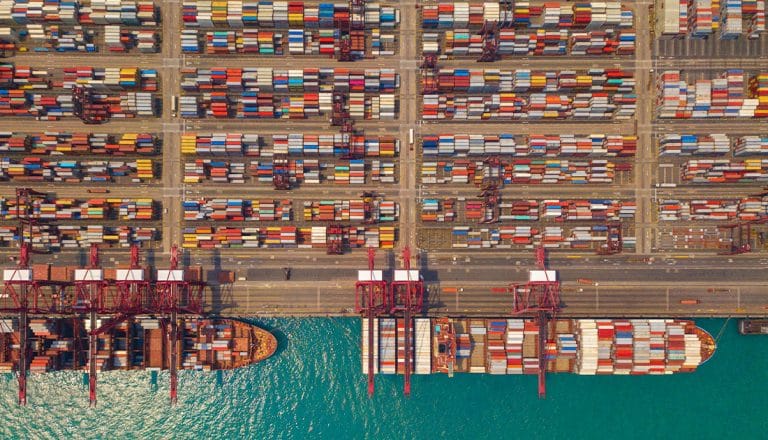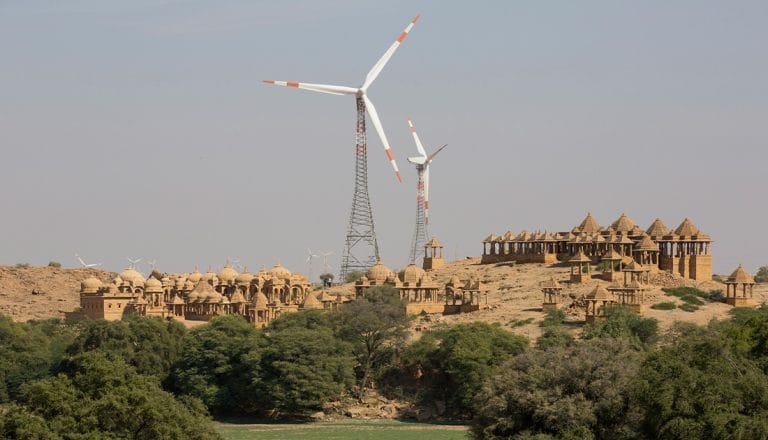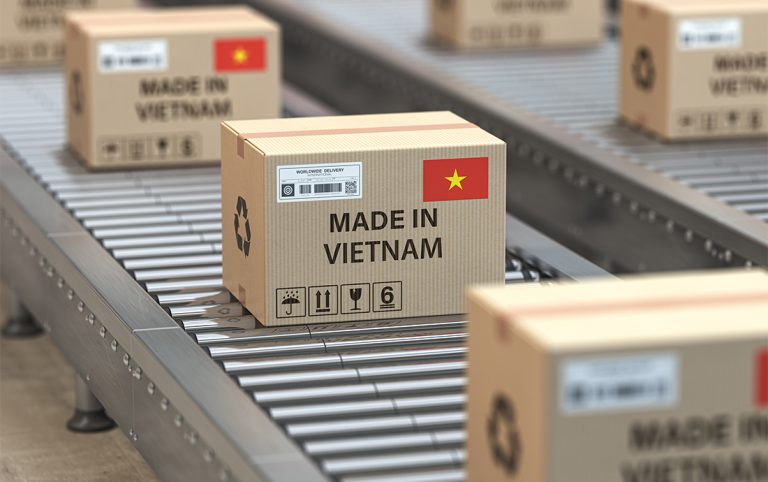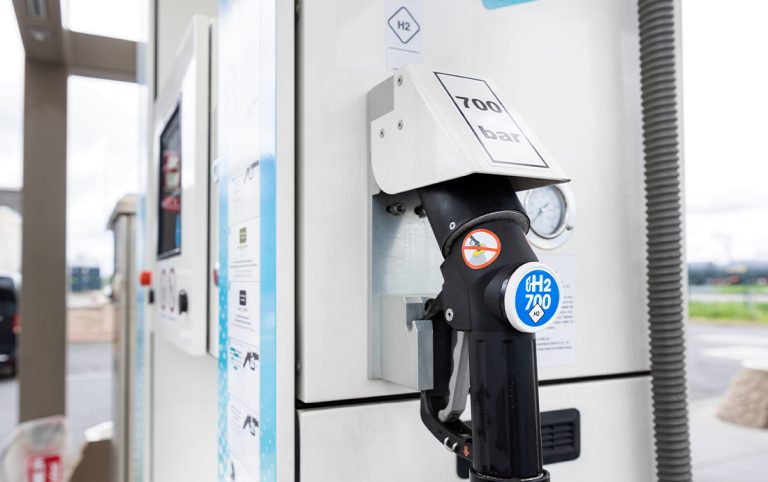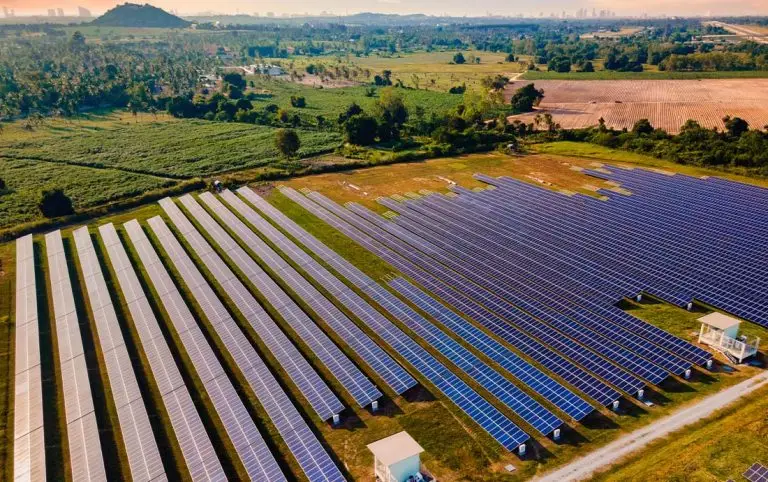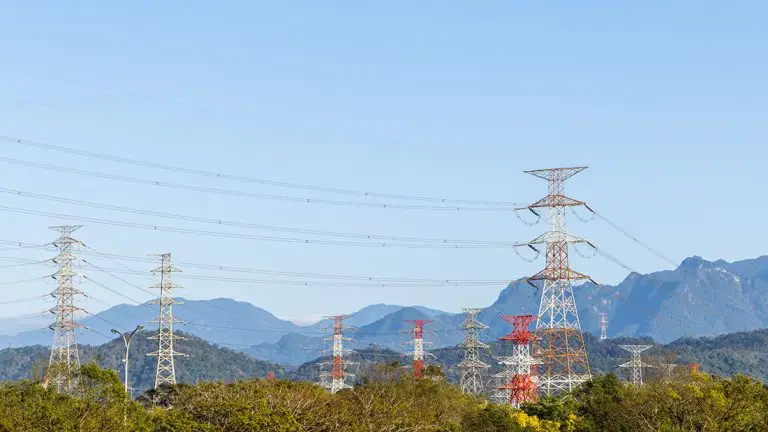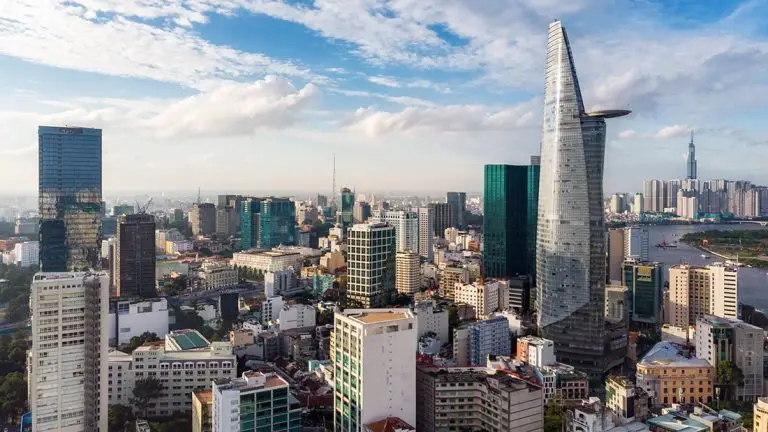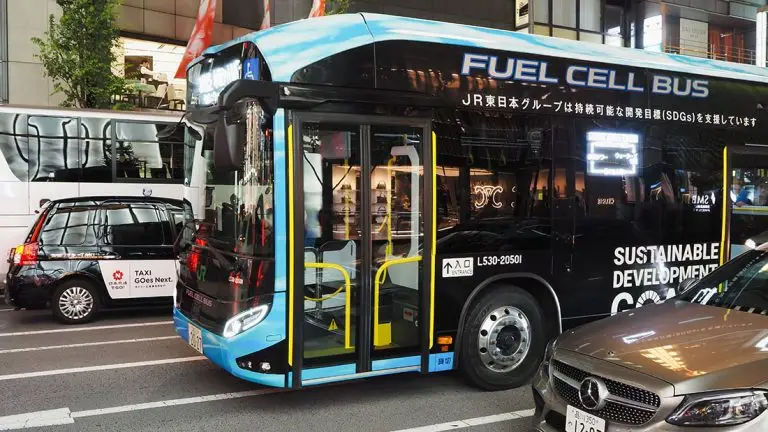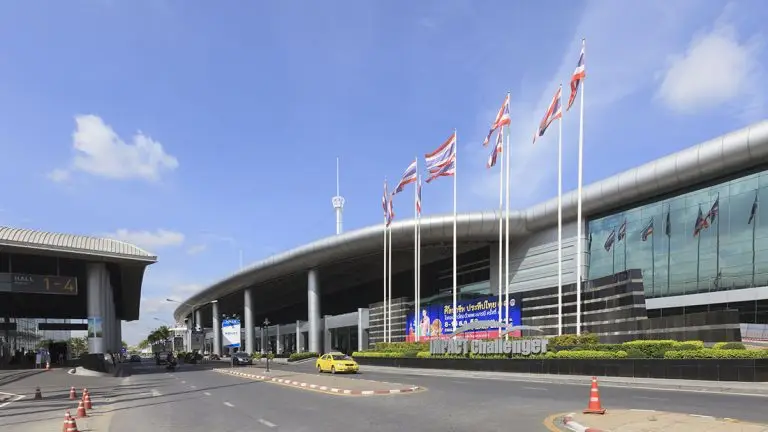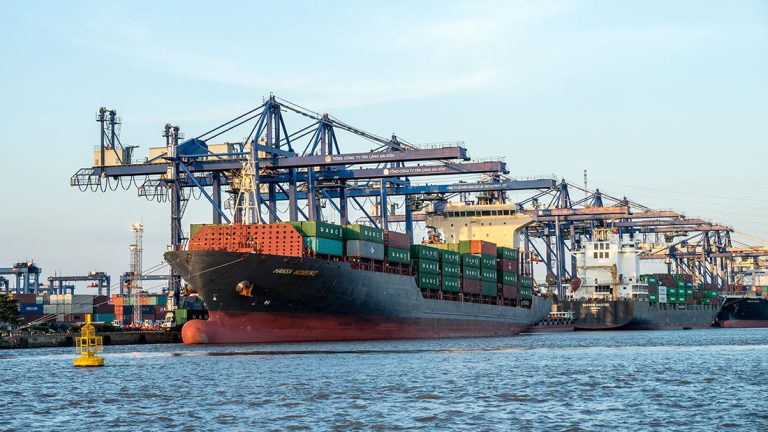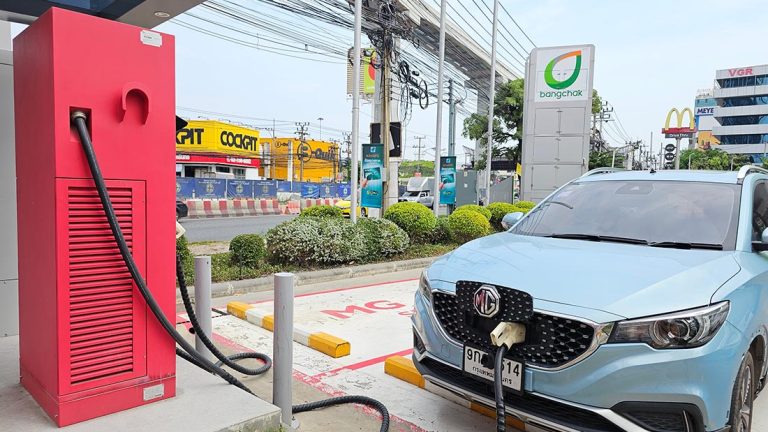- The market value of the Asian construction industry surpassed USD 5 trillion in 2023
- Infrastructure and urban development investment expected to grow in most Asian countries over the coming years
- There is a pressing need for sustainable building solutions and innovation that can alleviate labour shortages
The Asian construction industry has been extraordinarily busy over the past 20 years. Everything from skyscrapers to major infrastructure projects have sprung up at a rapid pace, but challenges threaten to derail this progress. Asian Insiders Managing Partner Jari Hietala explores the areas foreign companies can assist and where opportunities are currently available. For more insights, download our latest report, Asia’s Construction Industry 2025: Building for Tomorrow, by clicking here.
To fully appreciate the potential of Asia’s construction sector in the coming years, one need only look back at what has been accomplished over the past two decades. No region in the world has seen the level of development that Asia has. The sheer volume of significant projects to be completed is staggering.
Modern international airports can be found across the continent. Rail links, seaports, public transportation systems, and roadways have either been built from scratch or significantly expanded. Urban development here has been extraordinary. Skylines in major cities have transformed in short order.
This fuelled growth across the building sector. The Asia-Pacific construction market reached a market value of slightly over USD 5 trillion in 2023. This is to increase to more than USD 8 trillion by 2030 with the sector seeing a compound annual growth rate of 7.2 percent during that span.
Looking ahead, Asian countries have made massive infrastructure investment commitments that are spread out over the coming years. Additionally, urban development remains a priority. Despite ambitious plans, many markets are still developing local capabilities. Moreover, emerging challenges now need to be addressed.
With most of Asia having climate pledges in place, sustainable building solutions of all shapes and sizes will be required. This is taking on greater significance since pollution is now a top-of-mind issue in most large cities.
Skilled labour shortages are an issue hampering construction efforts in some Asian markets. To that end, automation and robotics are expected to make meaningful contributions to the industry moving forward. It is a similar story for innovations that can improve efficiency and speed up processes.
Partnerships and foreign investment are now being sought to address these issues, strengthening the role that overseas firms have historically played in Asian construction efforts.
Where are the opportunities in the Asian construction industry?
For companies considering entrance or expansion, there remains no time like the present to explore opportunities, given the number of projects set to get underway. It should be noted, the tools, technologies, and knowledge needed in each market vary. Here’s a brief look at select countries.
India
Notable opportunities: Sustainable construction solutions, prefabricated construction
Last year, the Indian construction industry expanded by almost eight percent in real terms. Estimates for the future vary, with experts believing that sector growth of anywhere between eight and 12 percent is possible. Should the latter figure hold true, the industry would boast a market value exceeding USD 2 trillion. That would make it among the largest globally.
India does have several challenges that can scare away foreign companies considering market entrance. Regulations and bureaucracy must be overcome. The process of obtaining permits can be time-consuming due to a lack of clarity and transparency. Additionally, the country’s construction industry has been notorious for delayed projects and cost overruns.
Despite challenges, India remains one of the world’s most promising construction markets. The sheer size and potential for growth are unmatched globally. A desire for innovations in sustainability, innovation, and knowledge is creating opportunities for foreign companies.
Singapore
Notable opportunities: Robotics, digitalisation tools, sustainable construction solutions
The major players in Singapore’s construction sector have made it known they are looking for innovations to overcome existing challenges, including a labour shortage. The pressure is most acutely felt when it comes to skilled labour. In particular, specialised roles have become harder to fill.
Singapore’s construction sector is forecasted to experience solid growth of 6.5 percent in 2025, driven by large projects such as Changi Airport Terminal 5, major hotel expansions, as well as 150 concurrently built Built-To-Order (BTO) projects by the Housing Development Board (HDB).
Looking ahead, a compound annual growth rate of at least five percent is projected between 2026 and 2028. Modest estimates suggest that Singapore’s construction market will surpass USD 43 billion by 2030.
Taiwan
Notable opportunities: Robotics, digitalisation tools
Taiwan may not have the largest construction market in Asia, but it is one that appears poised for growth due to several initiatives. The market has historically been welcoming of overseas firms. Interestingly, the transformation infrastructure development of the 1990s, under the Six-Year Development Plan, was supported by significant foreign investment.
While current efforts may not be as big, they will still provide opportunities, nonetheless. The cabinet designated more than USD 100 billion in domestic and overseas capital for infrastructure projects. Separately, the National Development Council (NDC) announced it was looking to bring in USD 21 billion in private capital for public infrastructure projects.
The most significant challenge facing the construction industry is a lack of labour. The local talent pool continues to shrink while Taiwan’s restrictions on migrant workers make it difficult to fill open positions. Some notable projects have been delayed, with a lack of labour cited among the reasons why.
The Philippines
Notable opportunities: Building materials, efficiency technologies, electrical and mechanical equipment
The most significant Philippine investment opportunities in the construction sector are those that can solve the country’s long-standing problem: transporting people and goods to their final destinations more efficiently. There is a sense of urgency to make progress on infrastructure as it will improve business efficiency along with tourism, a sector the government is keen to grow.
Other factors driving the country’s construction sector include the housing boom, a push for renewable energy, and increased investment in social infrastructure. All are likely to require innovative solutions.
Last year saw the construction industry in the Philippines expand by almost 11 percent in real terms. Meanwhile, the annual average growth rate is projected to surpass seven percent annually between 2025 and 2028.
Indonesia
Notable opportunities: Digitalisation tools, sustainable construction solutions
While infrastructure and urban development investments are increasing across most parts of Indonesia, the construction of a new capital, Nusantara, has created a vast array of opportunities in the sector. The colossal project has courted foreign investment through tax breaks and other incentives.
However, there are many other opportunities in the country’s building sector. The needs are similar to those elsewhere in Asia. Indonesia is prioritising both sustainable building solutions and digitisation tools.
Final thoughts
Construction begins with thorough planning and a rock-solid foundation. Likewise, firms considering market entrance into Asia need both for success. The process typically begins by establishing connections and identifying the right partners.
This is especially true in the Asian construction industry where a small number of players can dominate markets. Oftentimes, a level of exclusivity is expected. Navigating these complex situations can be difficult for those lacking on-the-ground experience.
Working with a specialist, such as Asian Insiders, can prove invaluable. With in-country experts who possess a wealth of experience in assisting construction firms with market entry or expansion, we can guide you through the entire process, help establish crucial connections, and set you on the path to success.
For additional information on the Asian construction industry, download our latest report,
Asia’s Construction Industry 2025: Building for Tomorrow, by clicking here.
Opportunities are readily available in the Asian construction industry for companies ready to act. To learn more, schedule a no-obligation call with Jari Hietala, Managing Partner: jari.Hietala (at)asianinsiders.com
